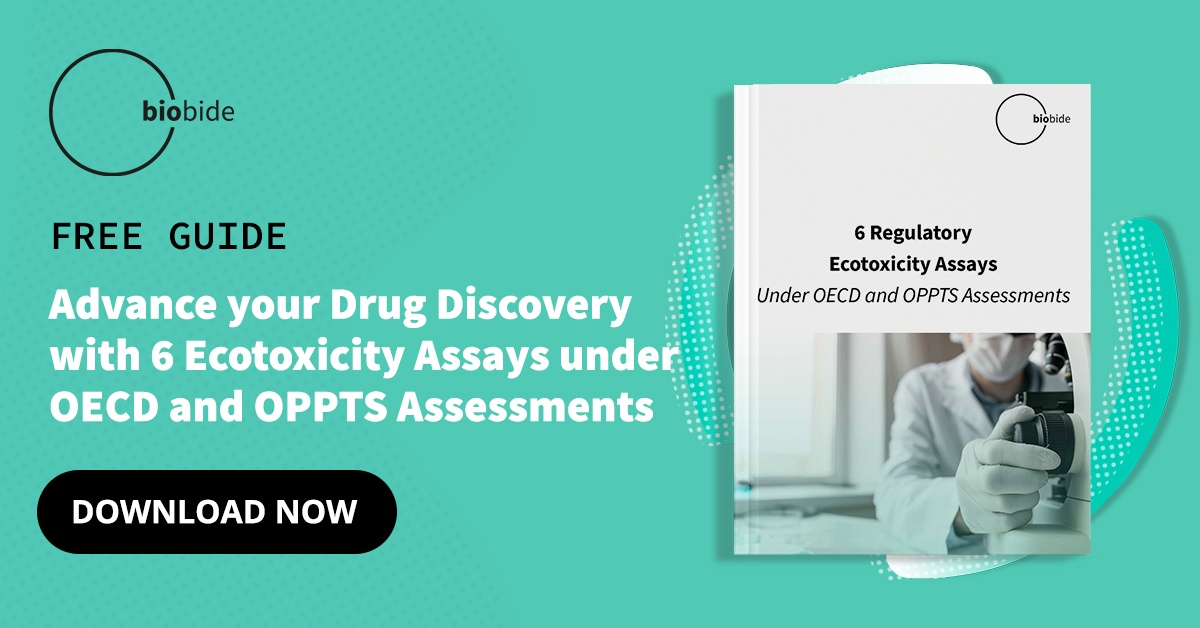Before a drug can be clinically tested on humans it has to be approved as safe. This includes not only minor side effects such as headaches or dizziness, but life-threatening effects that can occur.
Safety pharmacology investigates the potentially life-threatening effects of a drug on the human body. This is an essential part of the drug development process to ensure there are no fatal side effects of a drug. The process assesses the risk of a particular compound or drug on human life. Furthermore, whilst an adverse reaction is rare, it is also essential to understand its probability.
The history of safety pharmacology
Safety pharmacology only came into effect in the 1990s as a result of the ICH (International Conference of Harmonization), which led to an ongoing project between scientists and regulatory bodies to set guidelines for safety and the potentially fatal effects of drugs on humans. The current guideline is known as the ICH S7A/S7B regulation.
For example, in the past, pharmaceutical companies sometimes used compounds containing lead in their drug testing procedures. At the time, the lethal effects of lead on the human body were not clear and there were no regulations to set standards for this form of drug development.
Today a drug must meet the regulations set by the EMA (European Medicines Agency) or the FDA (Food and Drug Administration) in the United States.
A drug can still be approved and deemed as safe as it may not demonstrate adverse effects until it has been taken by several thousand humans.
Adverse reactions to a drug can be rare but must be stated on the medical packaging. Historical drug testing did not make these declarations and the risk of a compound on human health could not be predicted. This resulted in drugs only being withdrawn from the market after their effects on the human body were experienced.

What is the difference between safety and toxicity?
Safety pharmacology includes a regulation that requires a statement of the risk of a drug having a lethal effect on the human body. Toxicity does not go into this depth and only studies the initial effect the drug has.
Serious effects can damage the vital functions of the body: the central nervous system, and the respiratory and cardiovascular systems. An adverse reaction can also result in the failure of the hepatic, renal, and gastrointestinal systems or other organs. Any concerns for human safety should be fully investigated and reported on in the context of drug development.
When is safety pharmacology used?
Determining whether or not a drug is safe takes place during pre-clinical studies, before its testing on humans in clinical trials. It is carried out using in vivo animal models such as mice, rats, pigs or even primates but as we discuss further down, the use of zebrafish can help in this task.
The purpose of safety pharmacology is to decide when a drug is suitable for human testing. The risks and benefits of progressing with the development of the drug are considered alongside the potential for the drug to succeed as far as market approval.
For a drug to move to this stage it has to be approved by the regulators for use in clinical trials. If there is any doubt whatsoever, the regulator will request more information to ascertain the safety of the drug. Clinical trials cannot progress without the approval of the relevant regulatory authorities.
A completely new drug that contains no compounds used on humans before will take much longer to gain regulatory approval than one that contains previously used compounds. This is because a new drug is more likely to have unpredicted adverse effects.
The benefits of zebrafish in safety pharmacology
Zebrafish are a flexible and alternative way to predict adverse reactions in pharmaceutical products. Their cost-effectiveness and ability to develop fast make this alternative animal model an ideal candidate for drug development since the use of zebrafish in in vivo screening campaigns may simplify drug development, contributing at the same time to the reduction, replacement, and refinement of animals used in research (the 3 Rs principle). Zebrafish are also very similar to the human biological composition, sharing up to 82% of human disease-associated genes.
The more efficient the process is at the initial stage of drug development the more likely a drug is to be approved for final marketing, which is a clear benefit to both patients and the pharmaceutical industry.
Sources
https://www.ncbi.nlm.nih.gov/pmc/articles/PMC2492105/
European Medicines Agency: ICH Topic S 7 A Safety Pharmacology Studies for Human Pharmaceuticals
https://onlinelibrary.wiley.com/doi/10.1046/j.1472-8206.2002.00098.x





